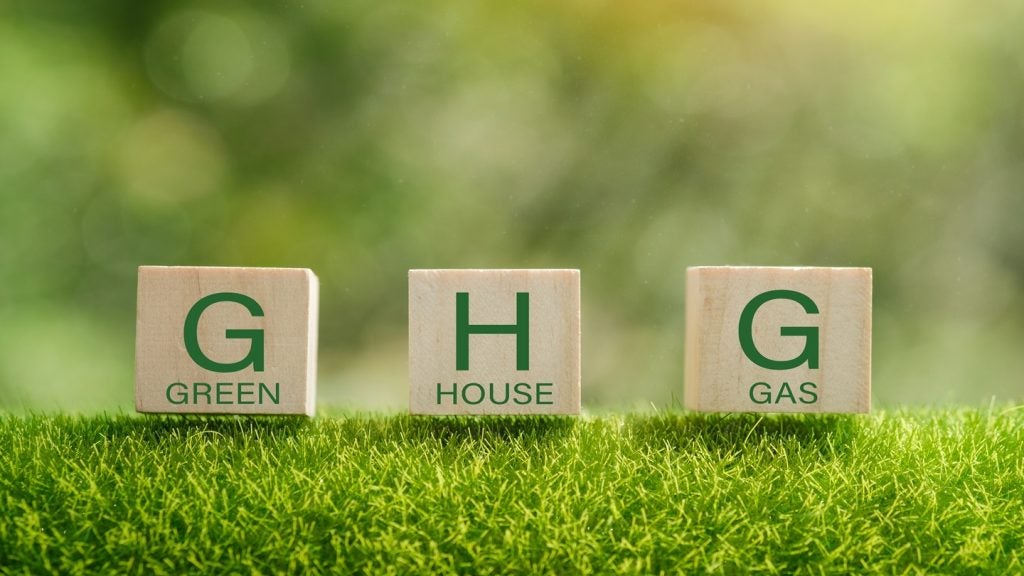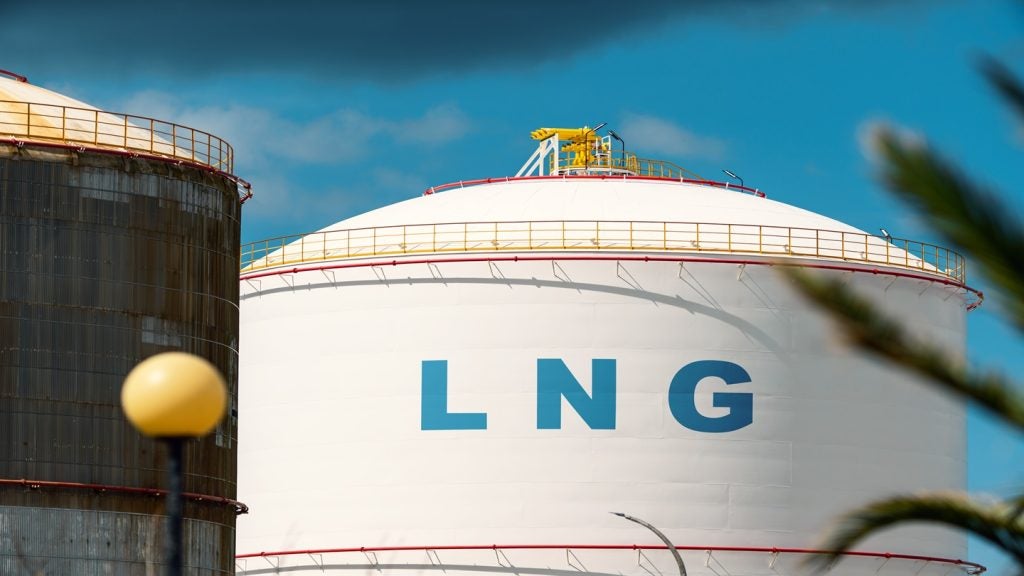The Government of Canada has announced draft regulations to cap greenhouse gas emissions from the oil and gas sector, aiming for a 35% reduction from 2019 levels by 2030.
This move is part of Canada's broader strategy to combat climate change while ensuring the continued growth of the oil and gas industry.
The proposed cap-and-trade system is designed to reward companies that perform better in reducing emissions and encourage higher-polluting companies to invest in cleaner production processes.
The regulations will not limit production but aim to reduce pollution, allowing for growth within the sector.
As the world’s fourth-largest oil producer and fifth-largest gas producer, Canada is preparing for a peak in global oil and gas demand.
The National Inventory Report indicates that the oil and gas sector was responsible for 31% of Canada's emissions in 2022, making it the largest contributor.
Furthermore, Statistics Canada reports that the oil and gas sector's operating profits surged from C$6.6bn ($4.72bn) in 2019 to C$66.6bn in 2022.
The draft regulation aims to redirect these profits towards decarbonisation efforts.
Environment and Climate Change Canada projects a 16% growth in oil and gas production by 2030–32 if the sector adopts feasible decarbonisation measures.
The new regulations are expected to help Canadian producers remain competitive by lowering emissions as the global economy moves towards decarbonisation.
The draft regulations are part of a suite of measures including financial support for carbon capture and storage and other clean technologies.
These measures are backed by the federal Canada Growth Fund and new investment tax credits, which also aim to support workers in the transition to a low-carbon economy.
The Canadian Climate Institute warns of $25bn in annual losses by 2025 due to climate change, underscoring the urgency of these measures.
The emissions cap is seen as a catalyst for investment and innovation, contributing to a robust economy. Canada's approach is to combat the climate crisis while continuing to be a global energy supplier.
It is a key part of Canada's 2030 Emissions Reduction Plan, which outlines a road map to reduce national emissions by 40–45% from 2005 levels.
The measures will regulate upstream facilities including offshore and liquefied natural gas production facilities, which account for the majority of sector emissions.
Further consultations will inform the final regulations, set to be published in 2025.
















